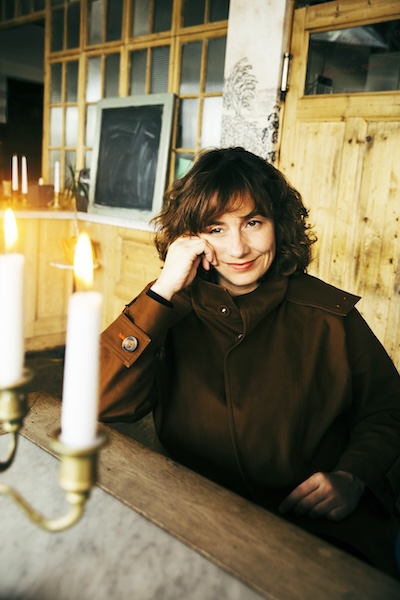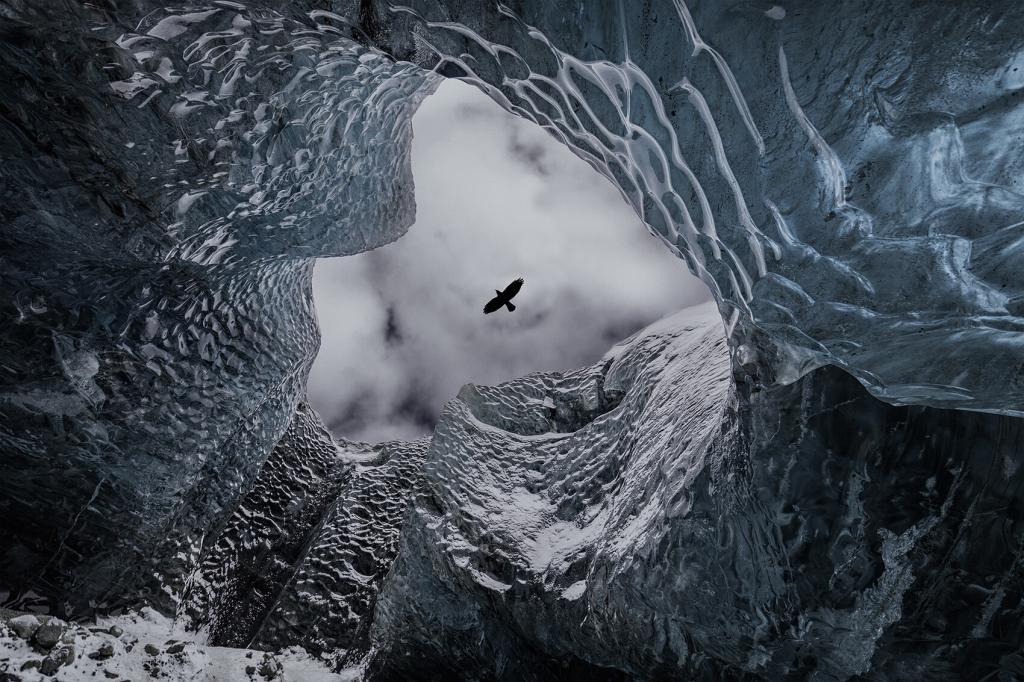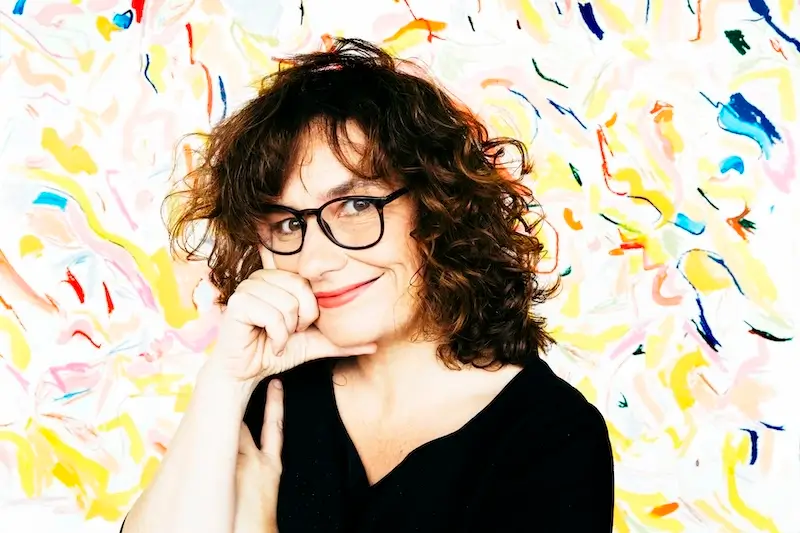Free and exclusive discount codes for hundreds of tours and & travel services in Iceland
Subscribe to instantly receive discount codes for tours, car rental, camper van rental, and outdoor clothing rental. Thank you! ❤️ Jon Heidar, Editor of Stuck in Iceland Travel MagazineIf you only knew Iceland from its dynamic literary scene and the number of books published in Icelandic every year, I would understand if you thought Iceland is a country of millions. In 2021, 895 book titles were published in a country of just under four hundred thousand. A 2017 survey found Iceland to be only behind the UK in the number of book titles published per capita. Icelanders published 2,628 titles per million people, while the British published 2,710. My perception of being an author in Iceland is that it is a high-pressure job. The market is small, and sales are seasonal as most books are bought as presents for the Icelandic ‘Christmas book flood, and the competition is fierce.’ So, what is it like to be a successful Icelandic author? Well, I decided to interview the award-winning author, journalist, and essayist Auður Jónsdóttir to find out.
Descended from Icelandic literary royalty
Auður comes from Icelandic literary royalty; her grandfather is none author than the giant of Icelandic literature, the Nobel Laureate, Halldór Laxness. I will go on a limb and say that has not made things easy for Auður, especially when she was starting her career. Auður has, however, carved out her path and identity. She got the Icelandic Literary for her 2004 novel The People in the Basement. If you are English-speaking and want to read something by Auður, you can order her 2015 novel Quake on Amazon. More of her books need to be translated into English, so all you publishers out there take note!

It is tough to describe an author as illustrious as Auður in a few words. After all, her work spans 18 small stories, children’s books, and novels, not counting the many impactful opinion pieces and essays she writes for Icelandic newspapers and sites. However, I think the Icelandic literary critic Þorgeir Tryggason sums up Auður’s work pretty nicely when he reviewed her latest novel, Högni, which was published just now: “Auður describes ‘flawed people and their psychological circumstances, broken families, and terrible fates in a composed manner, full of insight and warmth.”
Hey Auður, thank you for taking the time for this interview. You must be very busy promoting your book for the crucial Icelandic Christmas flood. What is it like to participate in that annual crunch time?
Thanks! And yes, this is a busy time for a writer, this Christmas flood. Too little time and too many books – maybe. This time of year, I have no time to read other books. But this crunch time is excellent.
What is it like to be a successful Icelandic author?
In a way, an author in Iceland is like Santa Claus. The new books are published just before Christmas, and the writer travels between companies and other places, meeting people at Christmas parties where he tells stories and celebrates with them. It is fun! Like Santa Claus, the writer travels between towns in Iceland, where he meets many people—talking about everything and nothing. This season in Iceland is called the Christmas flood (one could even talk about the Christmas avalanche) when all the books are published.
What are your main inspirations?
People all around me. The everyday discussion in the media. Memories. Dreams. Books. Just life. Incidents. Coincidences. Complications.
What has been your readers’ most profound or unexpected feedback, and how has it impacted your writing?
Readers often get me to think about my writings in a new way. Each book exists in as many copies as the readers. Therefore, people can tell me many things about my books, including new things. Each reader makes every work more significant than it is in my head when he brings a unique perspective.
How do you view the current landscape of Icelandic literature, and how do you see its future?
I think about the landscape in Iceland as the opposite of the current. It is constantly changing. Emotional landscape – like it says in the famous song by Björk, Jóga. It puzzles me.
In my book Quake, I wrote about the nature inside a person, this emotional landscape. All the earthquakes inside a human being and the constantly changing landscape. With these words: For a thousand years, tension amassed in the lava, only to break apart in the blink of an eye during a great quake when the rock under my feet ruptured and fossils and silvery crystals broke through the surface, events long past entombed in age-old laws of minerals before unknown geysers erupted and everything that had been becoming something new – the landscape would never be the same. I stare into the abyss, into my life’s chasm, and hear it shattering all around me.
Are there any new themes or genres you’re eager to explore in your upcoming works?
Yes & yes. I am eager to play with more genres. Tomorrow I would like to write a poem. Maybe crime fiction in a series of poems. And now I am already writing a film script for television – with some friends. I like exploring new themes as well as genres.
What Icelandic authors would you recommend to my readers?
Guðrún Eva Mínervudóttir, Kristín Eiríksdóttir and Kristín Ómarsdóttir. They all have books in English.
What are your favorite activities and places here in Reykjavik and Iceland?
The swimming pools. They are fabulous. I love to kill time in one of these pools. And then it is fun to hang around downtown or get a bicycle and ride it along the beach when it is not windy.
What advice would you give to those visiting Iceland for the first time?
To visit the first swimming pool they find. And then try Shark & brennivín. Or have a cup of good coffee. And then climb a mountain while black birds – called krummi – fly over their heads.





